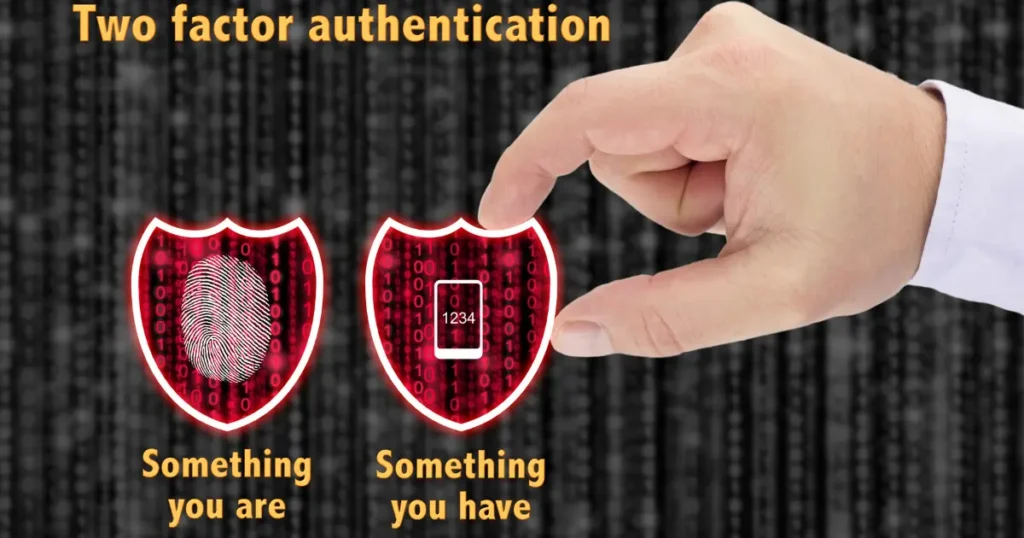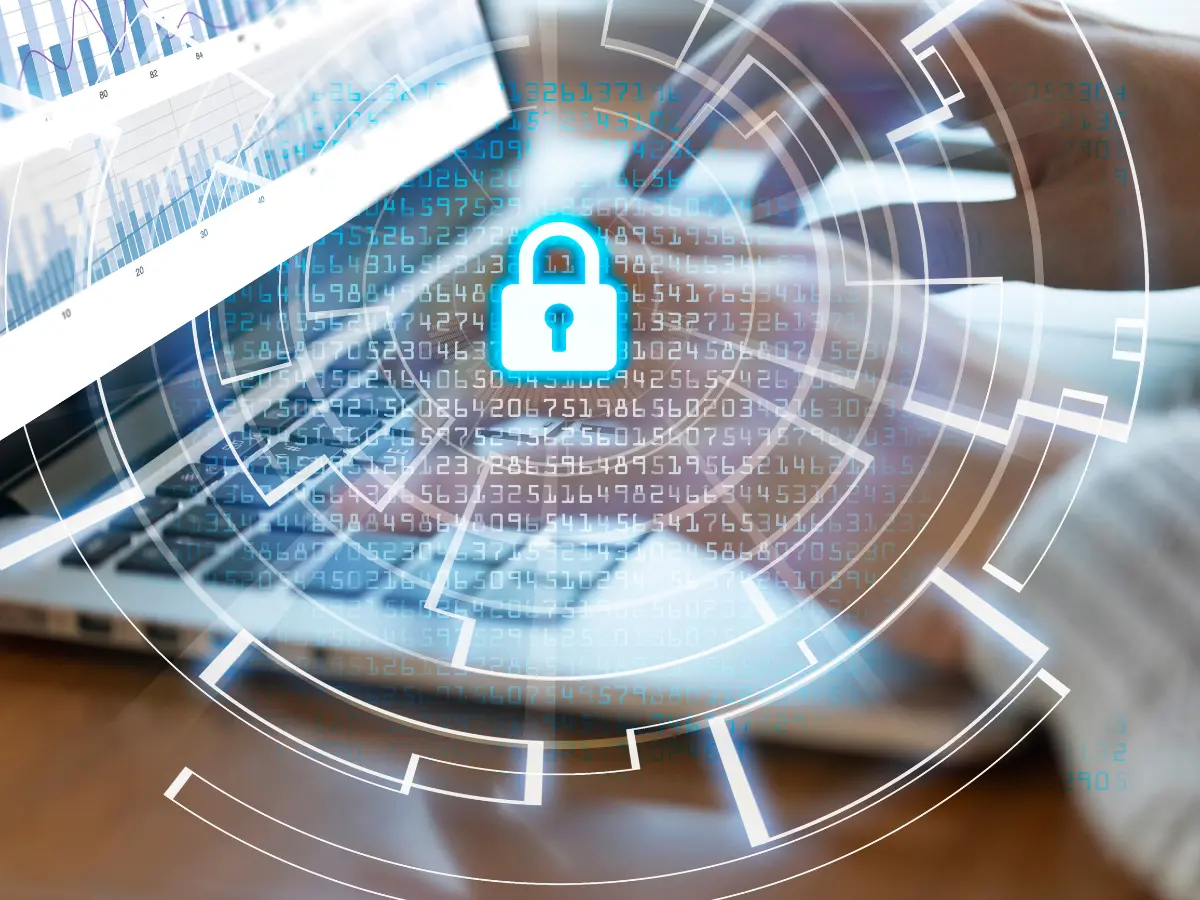Running a business has taught me one crucial lesson—it’s not just about keeping operations smooth or delivering great service. It’s also about protecting what matters most: data. I used to think cybersecurity was something only big companies worried about, until I realized just how vulnerable my own business was.
Cyber threats are constantly evolving, and if I’m not careful, a single attack could wipe out years of hard work. That’s why I started learning and applying the right Cybersecurity Best Practices—not just to stay ahead of hackers, but to build trust with my customers and keep my business secure.
Let me share the steps I now follow to stay protected in a world full of digital risks.
Read more about The 7 Types of Cybersecurity You Must Know
Why Cybersecurity Matters for Your Business
Cybercrime is no longer limited to big corporations. Small and medium businesses are increasingly targeted because they often lack strong security systems. A single breach can expose sensitive customer information, halt operations, or even result in legal penalties.
Adopting Cybersecurity Best Practices helps you:
- Protect business and customer data
- Prevent ransomware attacks and phishing scams
- Ensure compliance with regulations like GDPR and NDPR
- Build trust with customers and partners
Top 10 Cybersecurity Best Practices for 2025
You might want to do a cybersecurity check on your business to see how things stand right now. What kinds of safety steps are already in place? Are all of your workers aware of the threats and risks to your security and how to protect yourself from them? Are there several levels of protection around all of the company’s networks and data?.
The following nine cybersecurity strategies can assist businesses in reducing system and network vulnerabilities that lead to security breaches and ransomware attacks.
1. Make a protection plan that puts people first
As part of a people-centered cybersecurity plan, employees are given the training they need to spot possible threats. One part of this is being able to spot strange behaviour, like a quick rise in traffic to a certain web page. Or, staying away from harmful software by not clicking on links that seem suspicious.
If your team is new to cybersecurity, we recommend reading our cybersecurity guide to learn more.
2. Strong, adaptable security policies
Businesses must constantly update their security policies as different departments and functions adopt new technology, tools, and methods of dealing with data. Then, employees need to be taught how to follow each new strategy.

As a best practice for enforcing security policies, zero-trust architecture is a strategic approach to cybersecurity that checks every step of a digital contact with data. This can be seen in multi-factor security and computer settings that make users enter their password every 10 minutes to log back in.
3. Update your security and make a copy of your info
Most businesses collect a significant amount of data about their users and customers. Because of this, companies need to plan ahead when backing up their data and how they handle those files. IT experts may also teach their workers to update their software whenever a new version comes out. This generally means that the program has added new features, fixed bugs, or made security better.
4. Implement strong passwords and multi-factor authentication
People who use the internet often may already know that to make a strong password, you need to use both uppercase and lowercase letters, special characters, and numbers. Systems and tools used by a business usually have the same needs. Companies might even make users’ passwords very hard to guess to keep them safe.

Multi-factor authentication is another popular practice these days. With this method, you need to prove your identity on two different devices, usually your phone and computer, to lower the chance of fraud.
5. Work with the IT department to avoid attacks
To handle cyberattacks, business leaders can benefit from working with their IT team and support staff. They can also stop these threats and risks from happening in the first place. These safety measures will be different for each business based on its size, business, and other factors.
This could mean that you and your IT team need to work with a cybersecurity consultant to figure out things like whether to use cloud technologies, what kinds of security measures to put in place, and how to best get workers and end users to follow the plan.
6. Conduct frequent cybersecurity audits
Along with working with the IT team, it’s a good idea to do regular checks of your cybersecurity. A cybersecurity audit sets standards that companies and their workers can use to make sure they are always protecting themselves from risks, which is especially important as cyber threats get smarter.

You should do an audit at least once a year, but at least twice a year is what experts say businesses that deal with personal information and big data should do. Auditing a company’s cybersecurity helps it stay in line with legal and compliance requirements. Auditors may tell a business to make its tools and processes simpler and more streamlined, which makes it more resistant to hacking.
7. Control who has access to sensitive information
The IT team in every company is in charge of controlling who can see information. This includes controlling who can see security codes, highly sensitive information, and more. Sometimes, the company’s financial information and trade secrets can only be given to a small group of people. Most of your workers should have as little access as possible, and you should only give them access when they ask for it or when certain conditions are met.
8. Pay attention to third-party users and programs
People outside of your organisation who can access its systems and apps can steal your data, whether they mean to or not. In either case, they can break into computers. Monitoring user activity, restricting access to critical information, and implementing one-time passwords can help detect criminal activity and avoid breaches.
9. Secure information transmission and online transactions
To keep private data safe, set up a Data Loss Prevention (DLP) system. Arrange and label data to keep track of how it’s being used and to monitor data that’s moving. Work with business leaders to figure out how to send info and what controls are needed. And also, always teach your workers about the risks of data leaks.
Read more about Data Leakage Protection.
10. Support instruction and training in IT
Lastly, all of these cybersecurity best practices are meant to be used by businesses. However, a lot of them depend on your workers making sure they use strong passwords and follow all security rules. While new workers are being trained to work for your company, you can teach them about cybersecurity and IT.
To keep making sure they’re taking the right cybersecurity steps, they should make ongoing training, IT help, and security updates a normal part of their work. Companies can make their workers more aware by making sure they follow good safety practices. Also, telling them why these practices are important and giving them clear instructions on what to do.
Read more about ISO Training: A Comprehensive Guide.
How Johan Consults Can Help
At Johan Consults, we specialize in providing tailored cybersecurity solutions to businesses of all sizes. Our services include:
- Cybersecurity Assessments: Evaluating your current security posture and identifying areas for improvement.
- Employee Training Programs: Educating your staff on the latest cyber threats and prevention strategies.
- Implementation of Security Protocols: Assisting in the deployment of MFA, Zero Trust models, and AI-driven threat detection systems.
- Continuous Monitoring and Support: Providing ongoing surveillance and rapid response to potential security incidents.
Partnering with Johan Consults ensures that your business is equipped with the necessary tools and knowledge to navigate the complex cybersecurity landscape effectively.
Frequently Asked Questions
1. What are the most common cyber threats businesses face today?
Businesses commonly encounter threats such as phishing attacks, ransomware, insider threats, and zero-day vulnerabilities.
2. How often should we update our cybersecurity protocols?
It’s advisable to review and update your cybersecurity measures at least annually or whenever significant changes occur in your IT environment.
3. Is cybersecurity only a concern for large enterprises?
No, small and medium-sized businesses are equally, if not more, vulnerable to cyberattacks due to often having fewer resources dedicated to cybersecurity.
4. How does employee training impact cybersecurity?
Well-trained employees can act as the first line of defense against cyber threats by recognizing and appropriately responding to potential security incidents.
5. What is the Zero Trust Security Model?
The Zero Trust model is a security framework that requires all users, whether inside or outside the organization’s network, to be authenticated and continuously validated before gaining access to applications and data.
Final Thoughts
Adopting the right Cybersecurity Best Practices isn’t just about compliance—it’s about ensuring your business stays resilient in a world full of digital threats. From phishing scams to data breaches, the risks are constantly evolving, and so should your defense strategies.
If you’re unsure where to start or need expert guidance tailored to your specific business, Johan Consults is here to help. We provide end-to-end cybersecurity solutions, from employee training and threat detection to system audits and real-time protection, designed to safeguard your operations and customer data.
Don’t wait for a breach to act. Let Johan Consults help you build a smarter, safer, and more secure business today.
Visit johan consults or contact us now for a free consultation.









